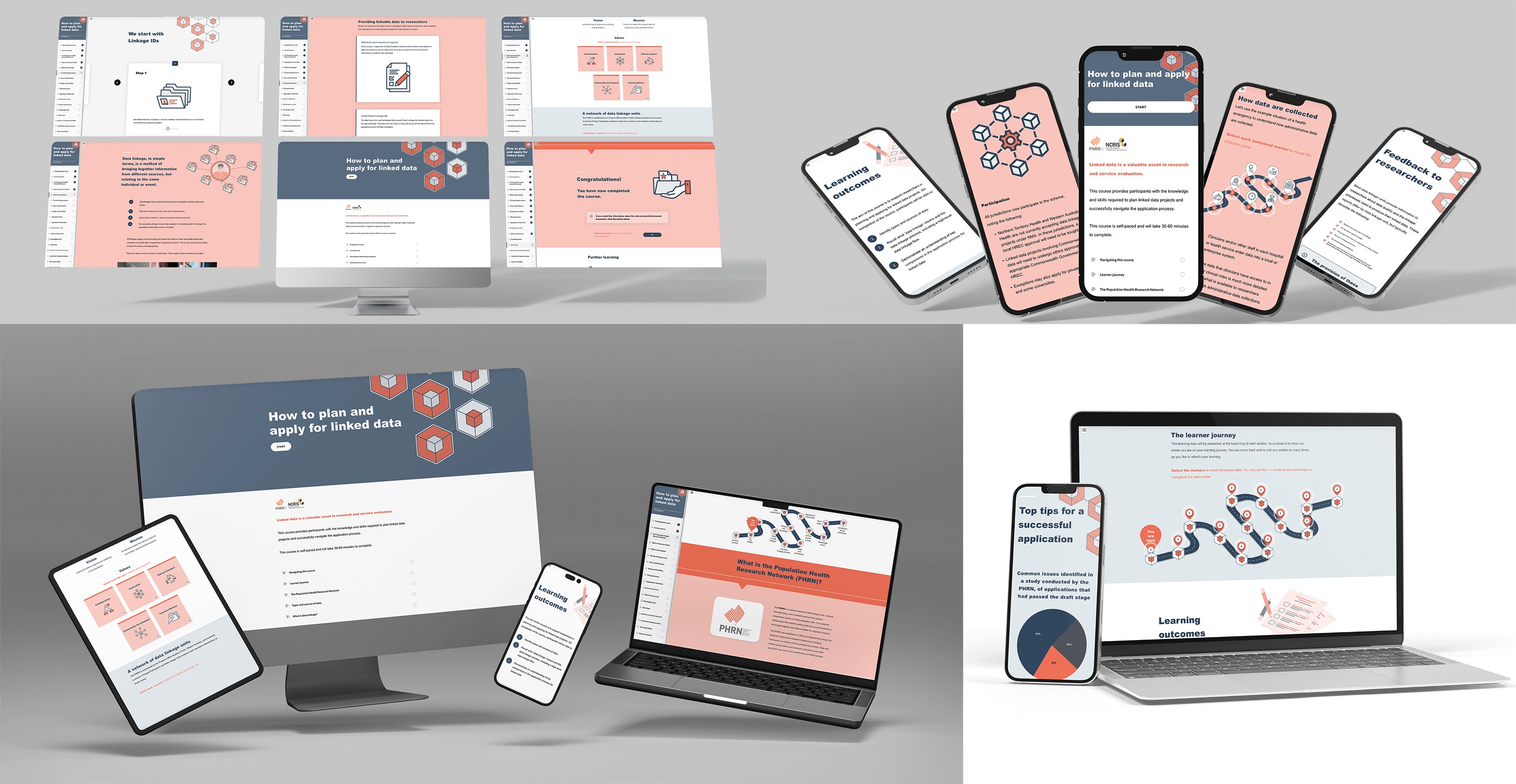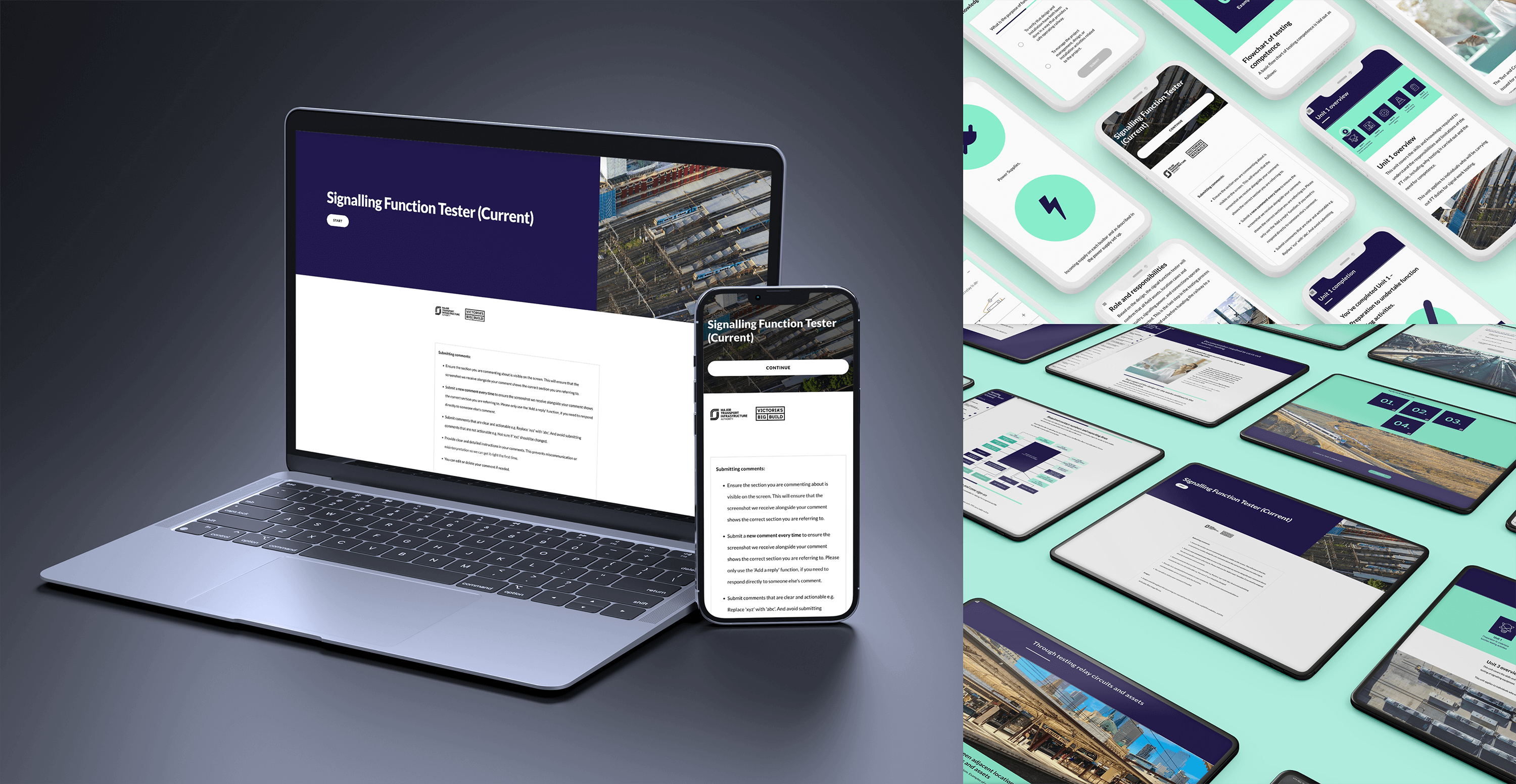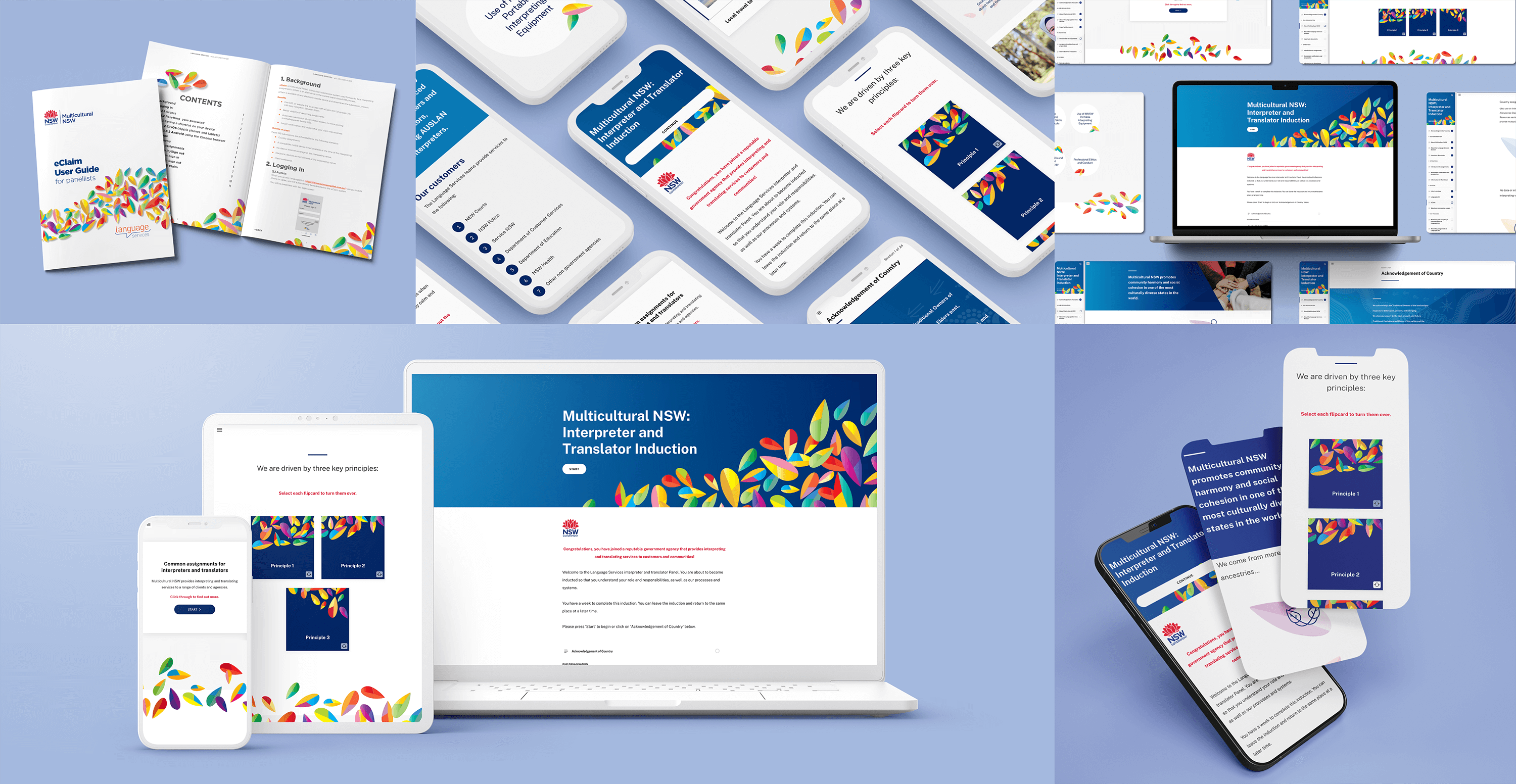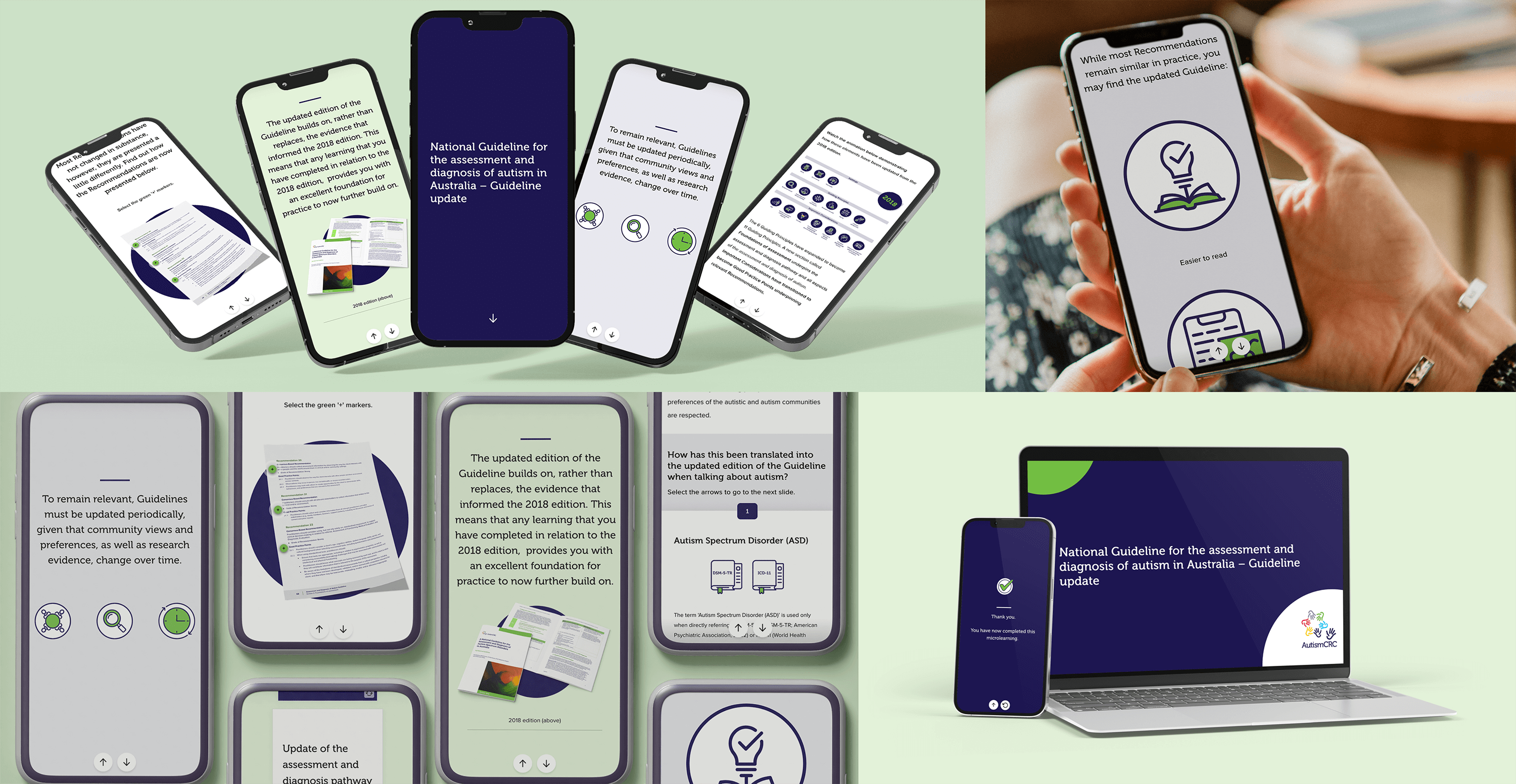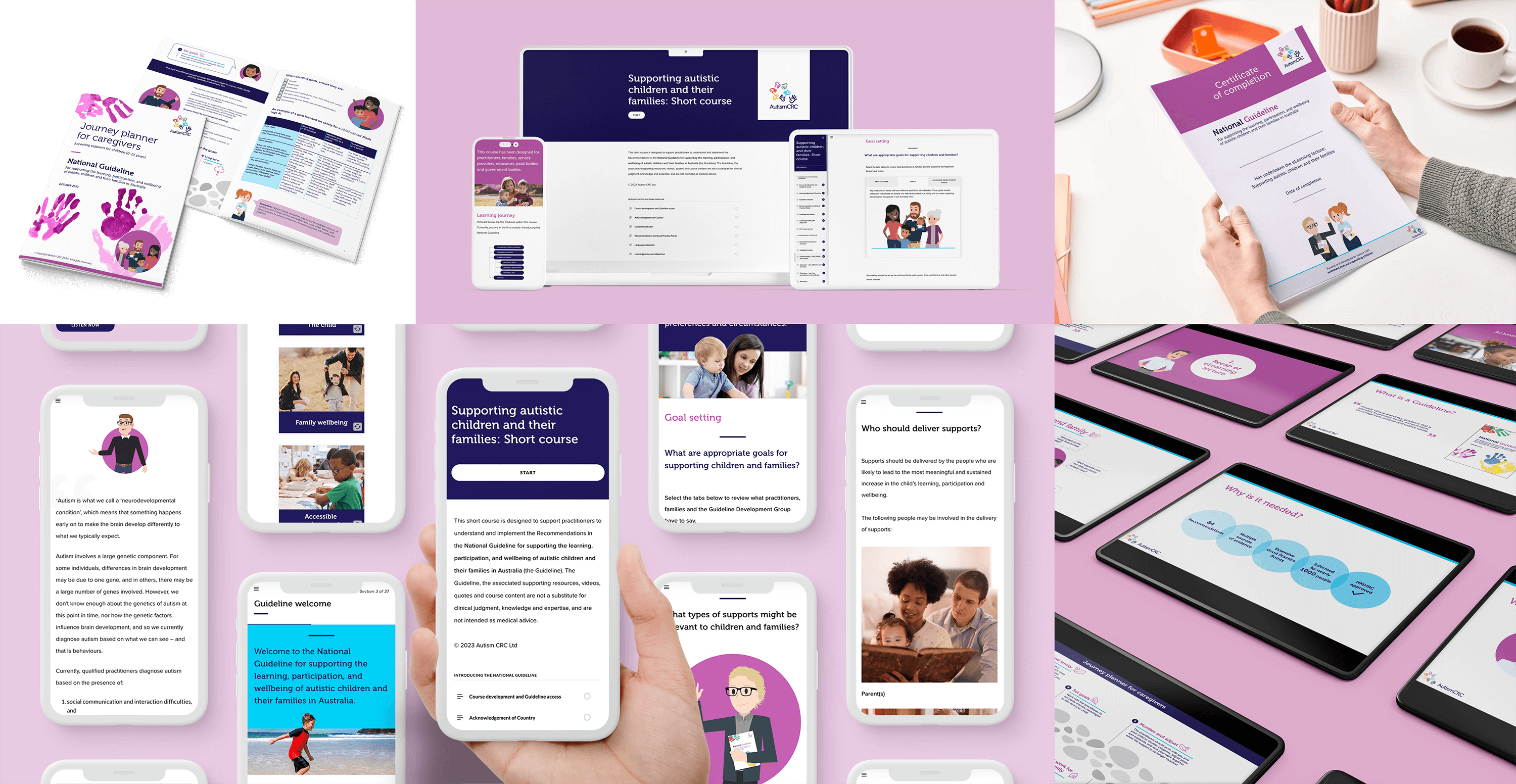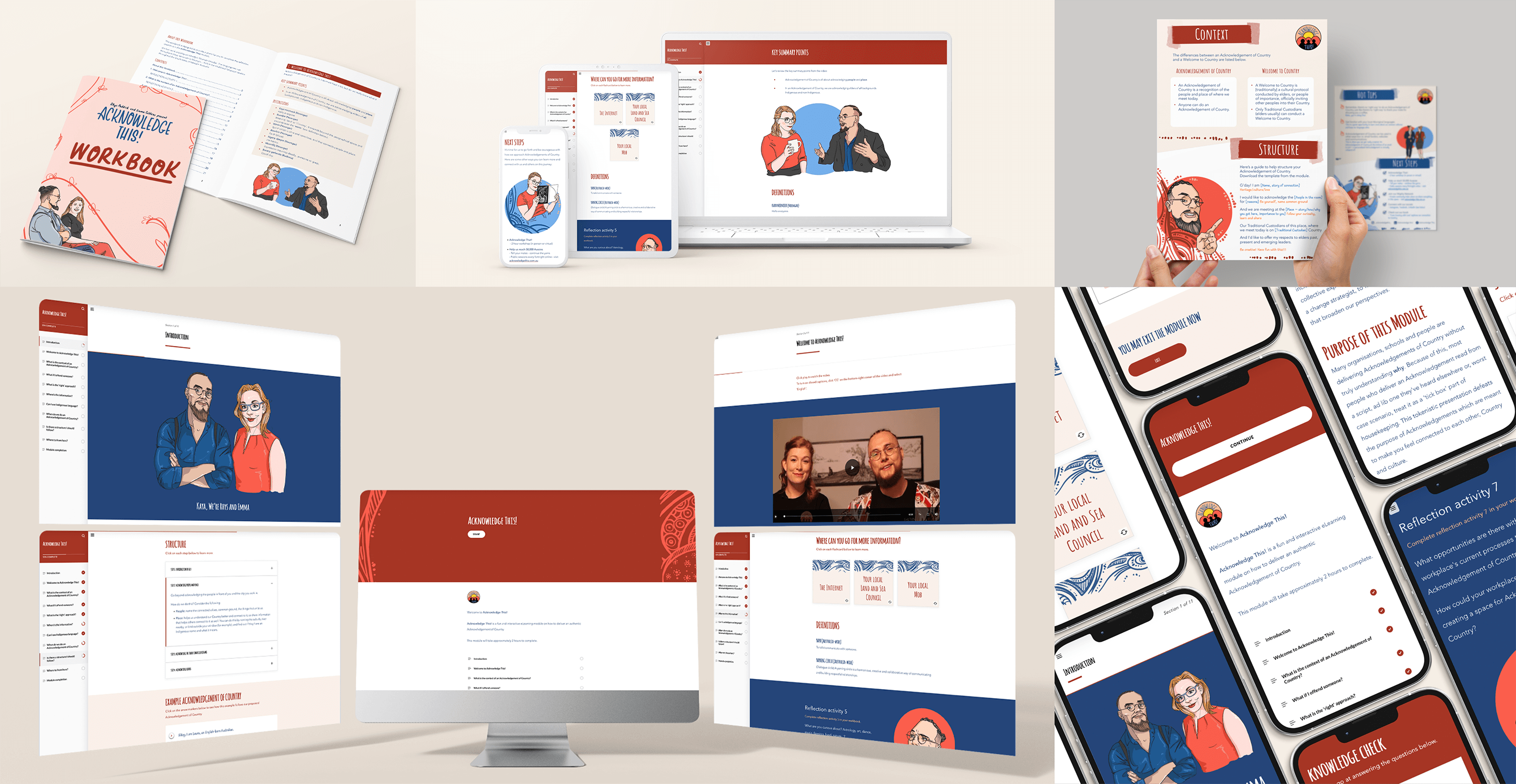Who Makes Up Gen Z?
Born between 1997 and 2012, Gen Z has grown up in a world where digital technology is as natural as breathing. They’re not just tech-savvy – they’re digital natives with their socially conscious mindset focused on making positive impact. They process information differently than previous generations, preferring quick, efficient learning.
Here are the key characteristics of Gen Z learners:
Tech Savvy
- Grew up with smartphones, social media, and instant access to information.
- Highly adept at navigating digital platforms and tools.
- Prefer mobile-friendly and tech-integrated experiences, whether in learning, entertainment, or work.
- A study by Pearson (2021) found that 59% of Gen Z learners prefer YouTube as a learning tool over textbooks. Ignoring their digital fluency means missing out on massive engagement opportunities.
Socially Conscious
- Passionate about social, environmental, and ethical issues.
- Value diversity, inclusion, and equity, both in personal life and professional environments.
- Expect learning content to align with their personal values.
Value Authenticity
- Gravitate toward transparent, genuine messaging, especially in marketing and education.
- Trust peer reviews and real-world examples over traditional advertising or authority figures.
Prefer Visuals and Interactivity
- Strong preference for video content, visuals, and interactive media over text-heavy materials.
- Respond well to gamification, augmented reality (AR), and engaging designs.
Efficient Information Processors
- With a wealth of digital content at their fingertips, they process information quickly.
- Prefer short, concise, and engaging content (e.g., TikTok videos).
- Multitaskers who often juggle multiple screens or tasks simultaneously.
- Average attention span is eight seconds – but it’s not what you think! They’re not distracted – they’re efficient at filtering information (Microsoft, 2015)
Designing Learning for Gen Z
Let’s explore four key approaches to create impactful learning experiences:
Embrace Technology
- Use Mobile-First Design: Ensure all content is optimised for smartphones and tablets. This includes responsive layouts, intuitive navigation, and mobile-friendly assessments.
- Provide Instant Access: Use cloud-based platforms and apps so learners can access content anytime, anywhere.
Create Authentic Content
- Be Relatable: Avoid overly formal or ‘corporate-sounding’ content. Use conversational language and real-world examples.
- Highlight Practical Skills: Design activities with direct, real-world applications.
Focus on Visual Impact
- Use Multimedia Content: Create visually appealing graphics, videos, and animations. Tools like Canva or Powtoon can help. You can also be more creative and apply some storytelling to your lessons to make them more engaging.
- Gamify Learning: Use game apps like Kahoot! or add elements like points, badges, or leaderboards to boost motivation.
- Encourage Hands-On Interaction: Use simulations, role-plays, or AR experiences to make learning tangible and exciting.
Short But Sweet Content
- Adopt Microlearning: Break content into short, easily digestible 5–10 minutes modules, focusing on one concept at a time.
- Create Engaging Content: Use storytelling, humour, and relatable examples to capture their attention.
- Use Active Learning Techniques: Incorporate quizzes, polls, and decision-making tasks to keep them engaged.
Final Words
Apply these strategies to create learning experiences that resonate with Gen Z learners. Focus on authenticity, engagement, and practical application. Remember to test and iterate based on learner feedback.
References
- Pearson. (2021). The Global Learner Survey. Retrieved from https://www.pearson.com
- Microsoft. (2015). Attention Spans Research Report. Retrieved from https://www.microsoft.com
OUR WORK

